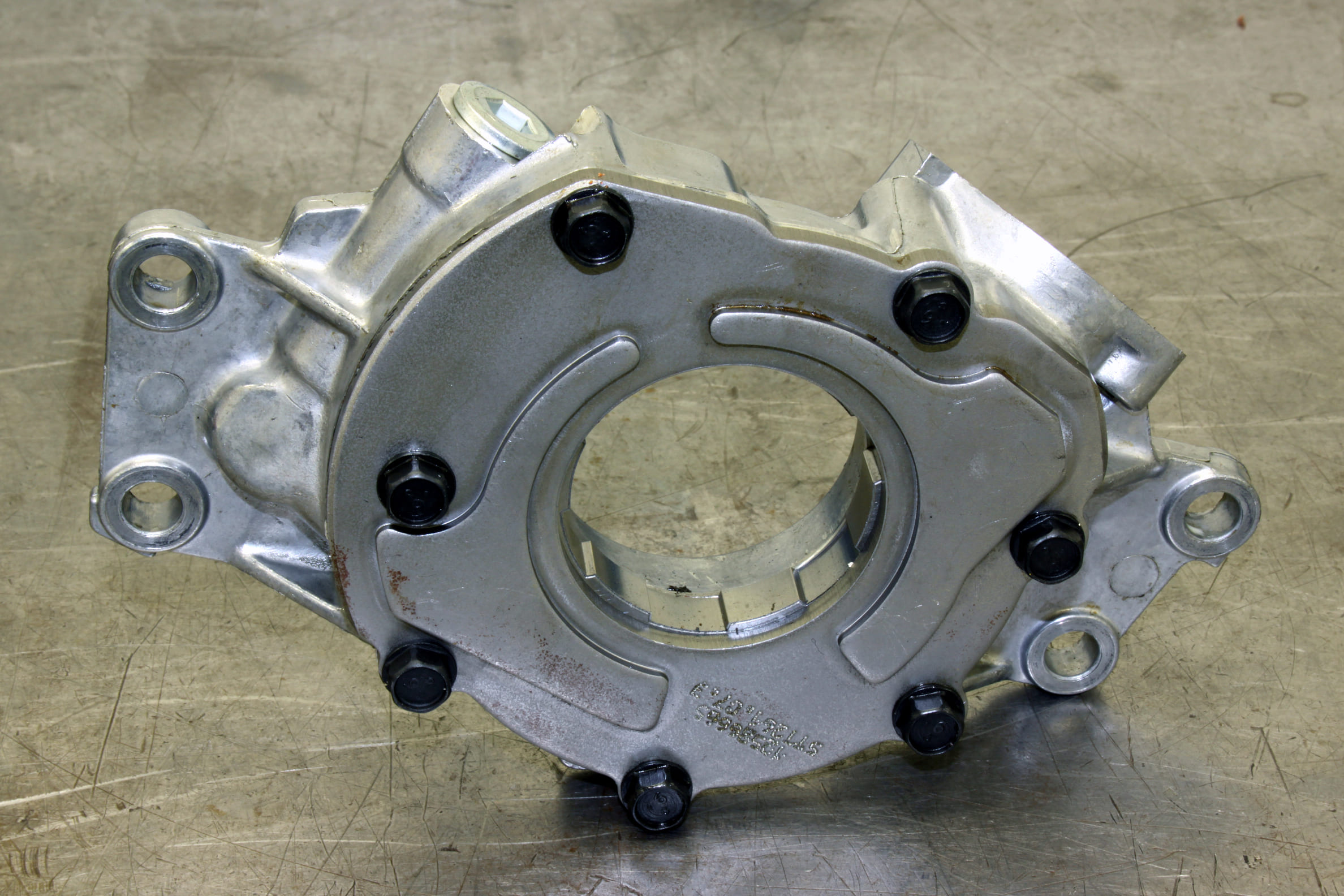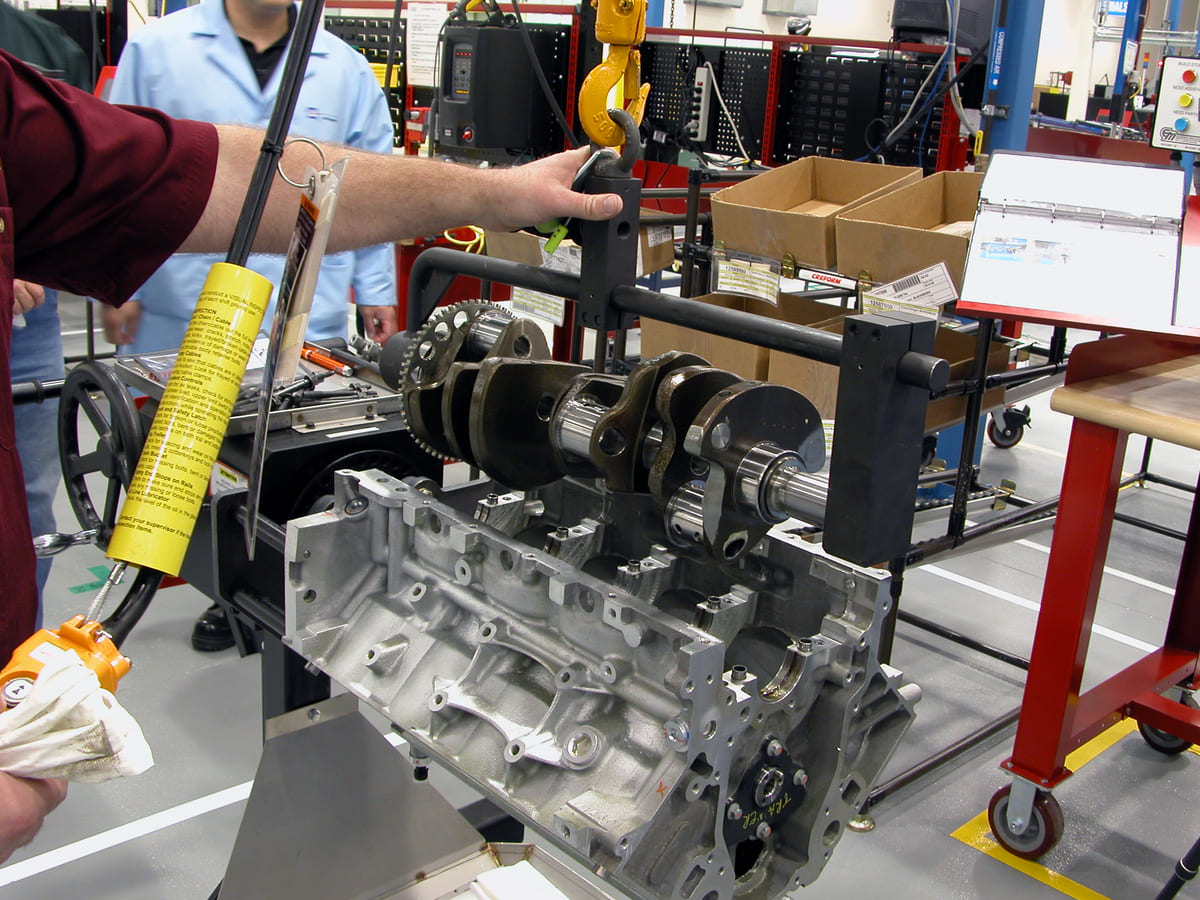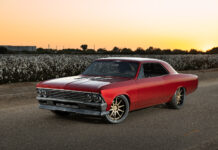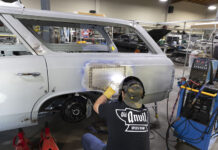Chevrolet Performance Adds Wet-Sump Oiling and a Hotter Camshaft to the Already-Great LS7
By Barry Kluczyk – Photography by the Author & General Motors
When it debuted in the C6 Corvette Z06, the 7.0L LS7 was immediately hailed as a benchmark engine from Chevrolet and a future classic. Fifteen years later—yes, 15 years already—those initial impressions were spot-on assessments. The LS7 remains Chevy’s benchmark in naturally aspirated power and has grown into a popular crate-engine choice for restomod and Pro Touring builders.
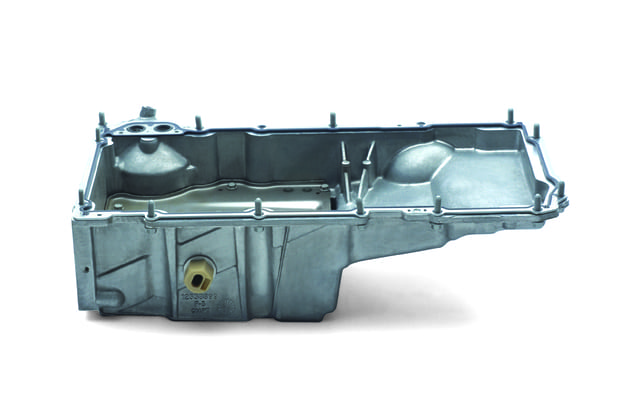
One of the only rubs with retro-fitting the LS7 was dealing with the dry-sump oiling system, which required mounting a separate oil tank and the requisite feed and return lines for the engine. That’s changed with Chevrolet Performance’s new LS427/570 crate engine kit, which pairs the LS7 with a conventional wet-sump oiling system. No need for the separate tank and oil lines. Additionally, the “570” in the name refers to the horsepower rating.
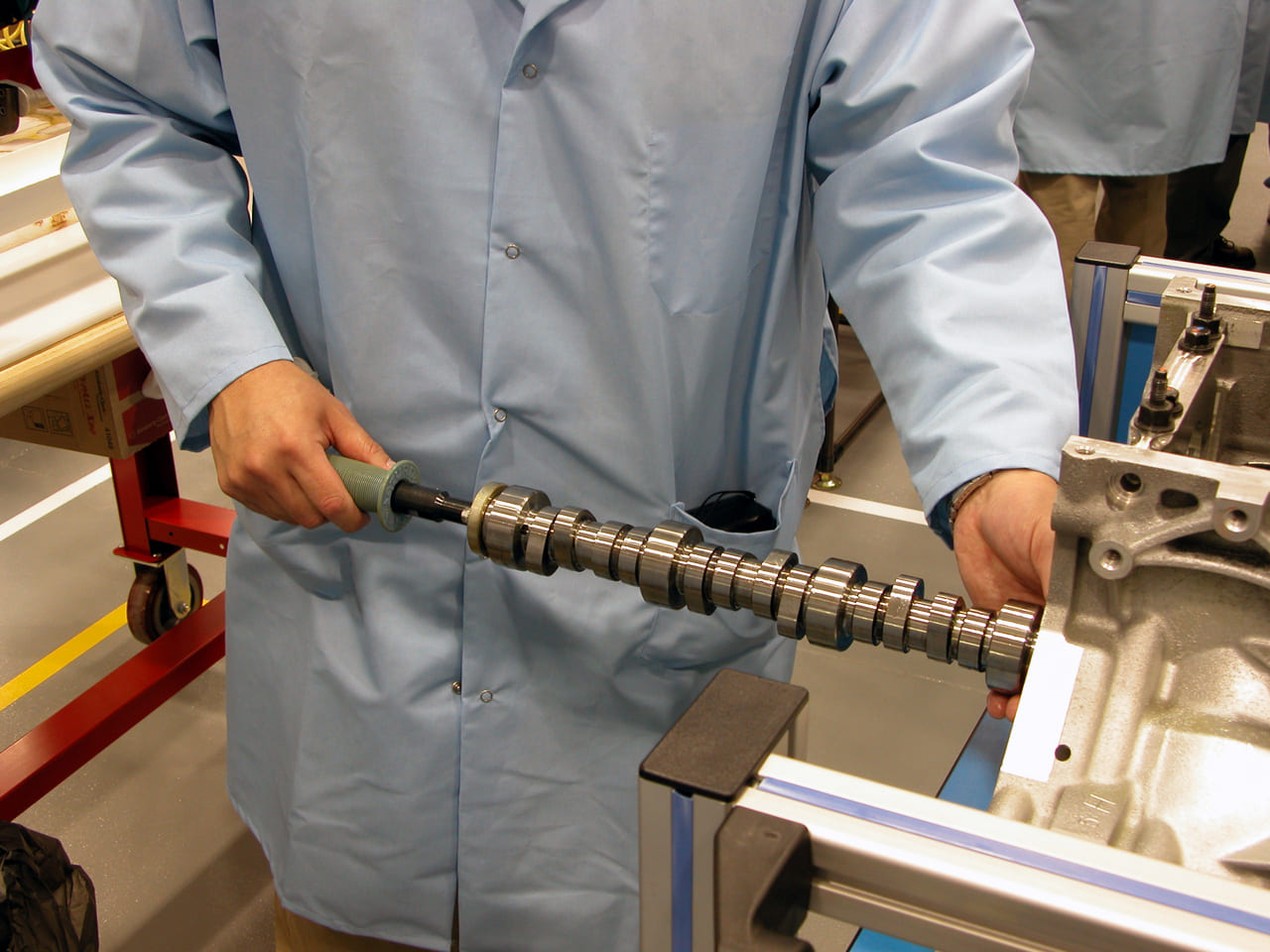
“Hey, wait a minute,” you’re undoubtedly thinking. “The LS7 is rated at 505 hp, right? You can’t pick up 65 hp from an oil pump and pan swap.”
You are correct. The engine didn’t pick up 65 horses with the oil system change. It picked it up with a camshaft change that was also added to the package. So, to paraphrase groundskeeper Carl Spackler from Caddyshack, it’s got that going for it, which is nice.
The new, high-lift camshaft was designed just for this engine and ups the lift specs from 0.558/0.558 inch to 0.591 inch on the intake side and 0.590 inch on the exhaust side. Likewise, the duration increases to 227 and 242 degrees (intake and exhaust), compared to 211/230 degrees on the stock LS7. The lobe separation angle also tightens up to 116 degrees (from 121 degrees), which should give the engine a bit more grumble at idle. That’s not a bad thing.
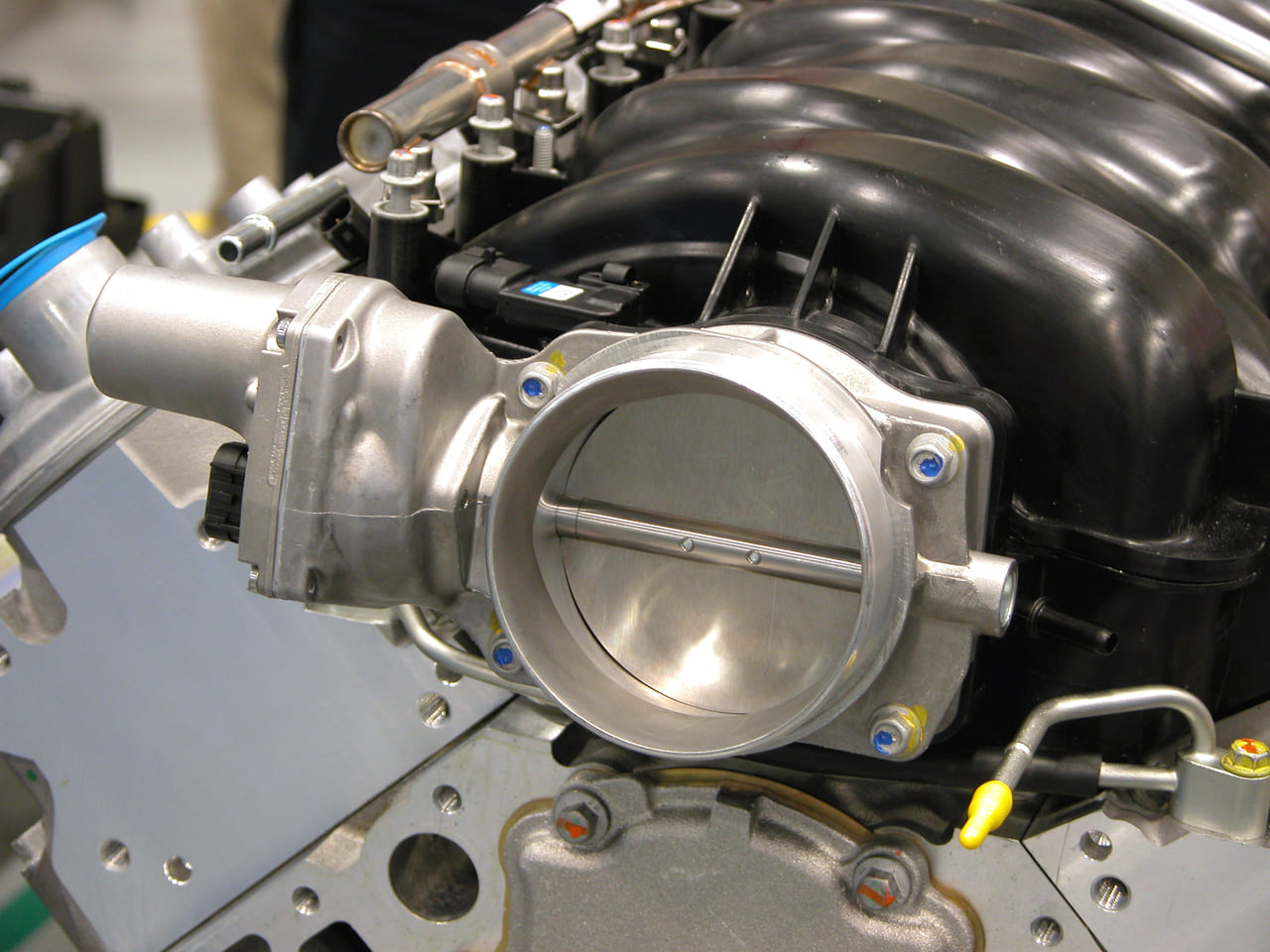

“The all-new LS427/570 builds on the legendary, racing-bred performance of the LS7 to create the most powerful naturally aspirated LS crate engine in our portfolio,” Jessica Earl, of Chevrolet Performance, said upon its launch a couple of months ago. “And with its wet-sump design, installation is easier and quicker for those who don’t need the track-oriented capability of a dry-sump oiling system.”

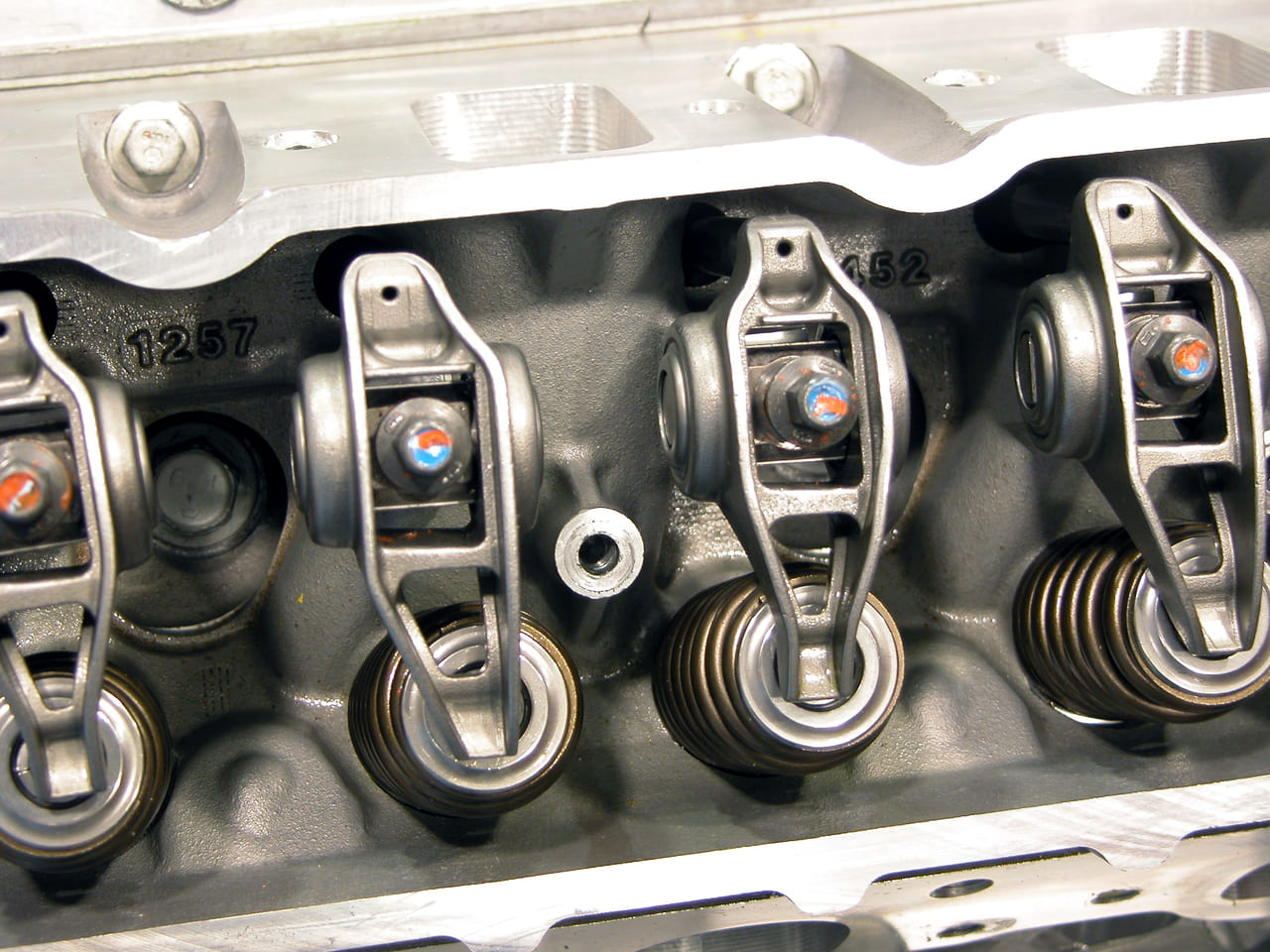

Other important details of the engine include:
It uses a fourth-generation F-body aluminum oil pan, along with a specific wet-sump oil pump.
The exhaust manifolds come from the Gen 5 Camaro Z28.
It comes with the production LS7 intake manifold, fuel rails, injectors, and throttle body installed.
The 14-inch, 168-tooth manual transmission flywheel from the Gen 5 Z28 is bolted to the crankshaft.
A specific engine controller must be used with it. The GM part number is 19420000 and it’s not included with the crate engine kit.
The rest of the engine is the same racing-derived package as the production engine, which means a forged crankshaft and titanium connecting rods—and deck plate–honed cylinders have always been part of the LS7’s build. The CNC-ported heads feature 2.20-inch titanium intake valves and 1.61-inch sodium-filled exhaust valves.
We understand the response to the LS427/570 has been very strong and it’s easy to understand because for those who want 570 naturally aspirated horsepower, but without the relative hassle of crafting the supporting elements for the production LS7’s dry-sump system, this crate engine has plenty of offer.
Indeed, this may be one of those engines in search of the perfect project vehicle rather than the other way around. A Stielow-esque 1969 Camaro is the obvious choice, but what about a 1969 Corvette? Or even a NASCAR-inspired 1975 Laguna S-3?
Yeah, now we’re talking. ACP


(EDITOR’S NOTE: The lead photo for our story depicts the production LS7, which has different exhaust manifolds and a different oil pan than the LS427/570 crate engine. That’s because the engine was so new when the information came down on it, Chevy hadn’t even produced any product-correct images of it.)
SOURCES
Chevrolet Performance
chevrolet.com/performance
Gandrud Performance Parts
(888) 284-7491
www.gandrud.com


